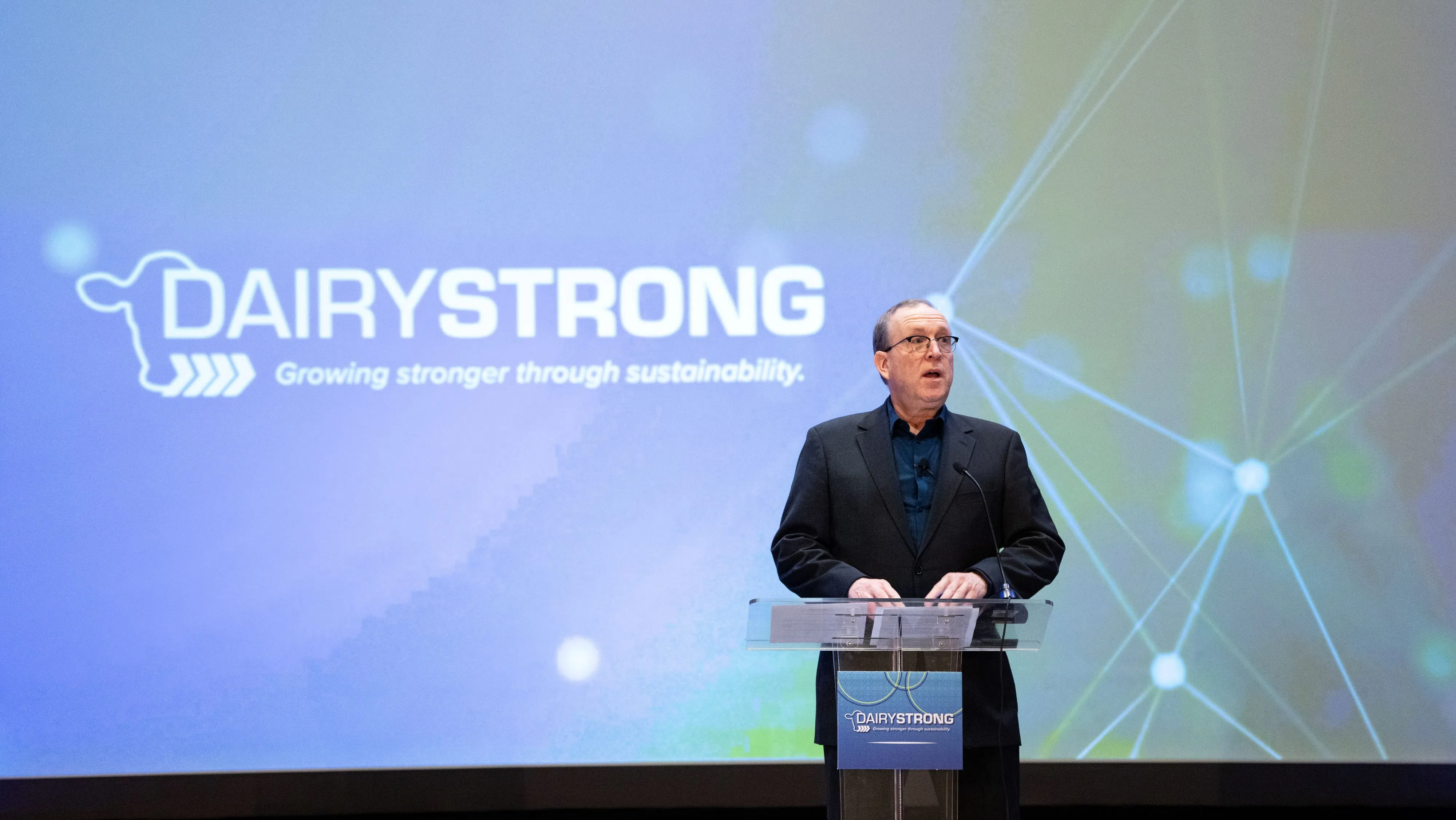GREEN BAY, Wis. — The world is changing at a fast pace and the United States needs to adapt or else it may lose its influence over the world’s growing middle class, according to a leading geopolitical strategist and bestselling author.
“The world’s middle class is growing fast and you want their brand loyalty so they’ll purchase your products,” said Thomas P.M. Barnett, a principal business strategist at Throughline, Inc. and author of “America’s New Map.” “The U.S. has what it takes to be a global leader in an era of climate change and demographic change.”
The world is going through three major transitions — climate change, demographic transition and a growing global middle class, said Barnett, who has worked in U.S. national security sources since the end of the Cold War and is well known for his work at the United States Naval War College and the Office of Force Transformation at the Department of Defense.
Climate change has the potential to make one billion people move during the next century as some areas near the equator become impossible to live in, Barnett said. The key question is how the world responds to the migration. Right now, Barnett said, countries to the north, including the United States, are fighting the influx of migrants.
“Instead of building a wall, we need to look for ways to grow. America, right now, has the world’s No. 1 brand. If we are not welcoming, people may fall under the ‘brand’ of another nation, such as China,” he said. “There’s nothing that says we have to stay at 50 states. Are there places in our hemisphere that could become a part of the United States?”
The demographic shift — 1 in every 4 people in the world will live on the African continent by 2050 — is another challenge the United States needs to be ready for, Barnett said.
“In the United States, the number of non-whites will soon be a greater percentage of the population than whites and that’s causing a lot of angst in some parts of the population and I think that will continue for at least the next 10 years,” he said. “It’s not something that is going to change. It is something we need to accept and move forward with.”
The aging U.S. population is another demographic trend the country needs to be prepared for as more Baby Boomers turn 65, which is known as the silver tsunami. Japan and China are already dealing with aging populations and struggling to find enough workers, but Barnett said the United States has one advantage — immigration.
There’s also the so-called silver tsunami, where there are more people over age 65 than any other age segment. Japan and China are already dealing with an aging population and not having enough younger people in the workforce. The United States is in a unique position since a part of its population growth comes through immigration, Barnett said.
“By welcoming people here to live and work, we can ensure having enough workers,” he said.
Barnett explained if you divide the world into three sections — the Western Hemisphere; Africa and the European Union; and Russia and Asia — that the Western Hemisphere led by the United States has what’s needed to be a global leader. He said the hemisphere is relatively peaceful compared to other parts of the world and has the resources to not only feed itself but also export food to other parts of the world.
“We are ripe here to have a near-shoring value chain and integrate our trade more, which will benefit everyone,” he said.
David Liethen, attending Dairy Strong for the first time, called Barnett’s presentation insightful.
“He brought up a lot of issues that I had not thought about before, like how climate change may make people relocate but overall, he is very bullish on America remaining a global leader,” he said.
This year’s Dairy Strong conference brought more than 400 attendees, representing over 280,000 cows, and industry professionals to the KI Convention Center.






Comments